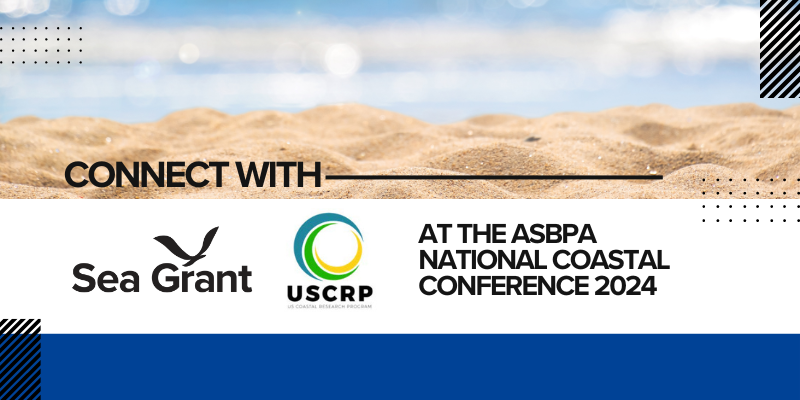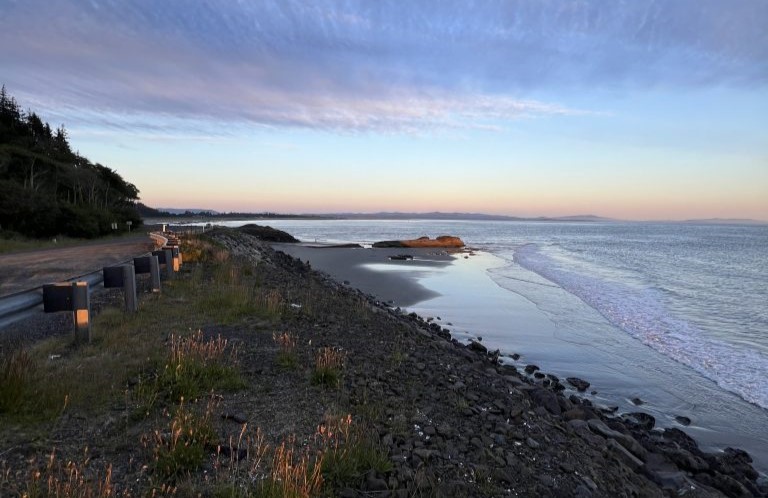From Wisconsin Sea Grant
What goes on the land can sometimes end up in the water. In many parts of America’s Dairyland, that’s poop. Cow poop. Manure makes a wonderful fertilizer to spread on fields to enhance crop production. There could be unwanted consequences, though.
Case in point is lower Green Bay, Lake Michigan, which does not meet Wisconsin water-quality standards due to low dissolved oxygen. Excessive sediment, known as suspended solids, and phosphorous—coming from sources such as manure—can cause nuisance and harmful algal blooms that have led to a dead zone in the bay. A dead zone is also present 1,000 miles away in the Gulf of Mexico because impacts of Wisconsin’s land-use practices, and those of other states along the river’s course, are amplified.
Enter Amber Saylor Mase, an evaluation specialist at the University of Wisconsin-Madison. With funding from a Great Lakes Restoration Initiative award to the National Weather Service and through Wisconsin Sea Grant, she has been surveying farmers’ and professional manure haulers’ awareness, understanding and use of a tool known as the Runoff Risk Advisory Forecast (RRAF), which launched in 2011. It’s designed to help make better manure-spreading decisions to minimize the risk of runoff.
“There could be manure runoff and that has created conflicts throughout the state in different areas,” said Mase. For their part, according to Mase, farmers told her, “We want to leave the land and resources in good shape. We don’t want to contaminate the water.”
Mase’s surveys found 65 percent of respondents were likely or very likely to use the RRAF and 84 percent said they would tell fellow haulers and farmers about it.
In addition, Mase said, “We might do some more focus grouping with different types of potential users. In the past, we only talked to the larger and professional applicators. We didn’t talk to smaller farmers.”
Her work is running parallel to the RRAF going regional. Dustin Goering, hydrologist with the National Weather Service’s North Central River Forecast Center, is spearheading expansion of the tool’s use into Ohio, Michigan and Minnesota.
He said the goal is, “Improved water quality from our local lakes and streams all the way to the Great Lakes and to the Gulf of Mexico.”
Article photo caption: America’s Dairyland leads the nation in cheese production. That comes the milk of dairy cows, who in turn produce a lot of manure. Photo credit: Bryce Richter, University of Wisconsin-Madison


